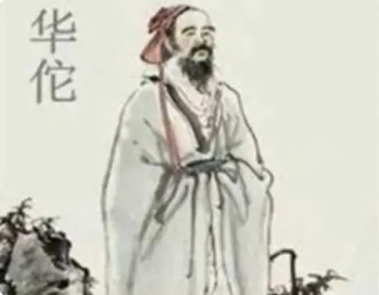华佗:古代外科手术第一人

Chinese doctors in the early periods didn’t spend much time on surgery. They felt that surgery was a matter of last resort. If surgery was needed, a less experienced doctor carried it out. But around the beginning of the 3rd century CE, a surgeon named Hua Tuo started to change Chinese surgery.
Hua Tuo was a famous physician during the Eastern Han Dynasty and Three Kingdoms era of China. He engaged in a wide variety of surgeries. The Book of Later Han records Hua Tuo as the inventor of mafeisan. Surgery was Hua Tuo’s main interest, but he also worked on other things. His exercises called “Wu Qin Xi”, where patients copied movements of a tiger, deer, bear, ape, and crane to enhance health, became very popular.
The end of Hua Tuo’s life is unclear because there are many conflicting stories. One possible story is that he became the court physician for Cao Cao, the king of Wei, late in his life. Cao Cao had bad headaches, and Hua Tuo used acupuncture (针灸) to help him stop the pain. Later, as Cao Cao’s pain got worse and needed long treatment, Hua Tuo came to treat Cao Cao exclusively. After being away from home for a long time, Hua Tuo wanted to go home for a short time, and Cao Cao agreed. When Hua Tuo got home, he delayed going back to Cao Cao and said his wife was sick. Cao Cao sent many letters asking him to return. But Hua Tuo delayed leaving. Cao Cao sent people to check if Hua Tuo’s wife was really sick. If not, Hua Tuo would be arrested. Finally, Hua Tuo was put in jail and was killed.
Legend has it that Hua Tuo gave his Qing Nang Shu, which recorded techniques for treating patients, to a prison official. However, this official, burned the book. Many of Hua Tuo’s medical methods were lost forever. This was a big loss for traditional Chinese medicine.
原创编写 版权所有 侵权必究! 每日更新 个性化阅读 英语飙升!